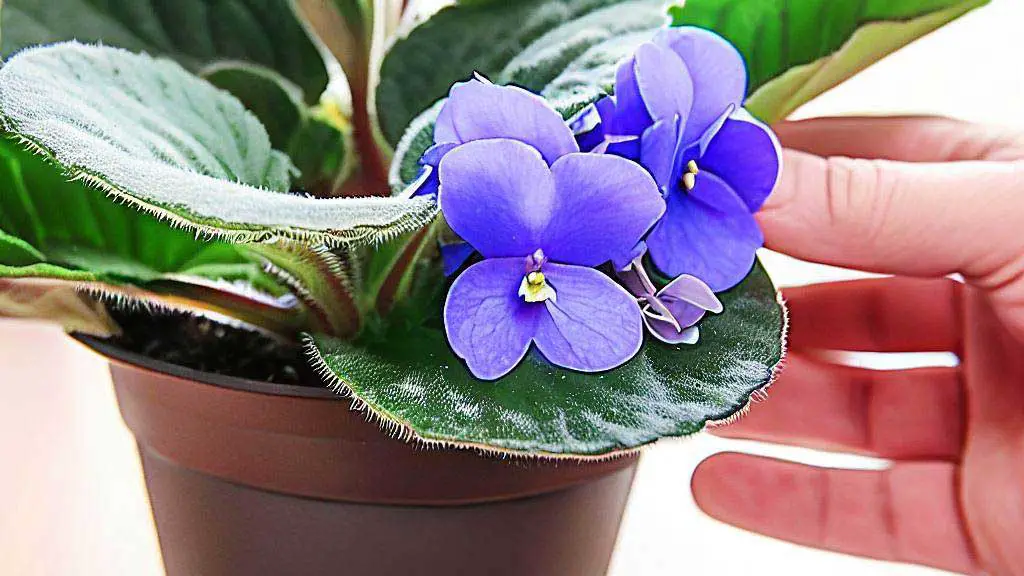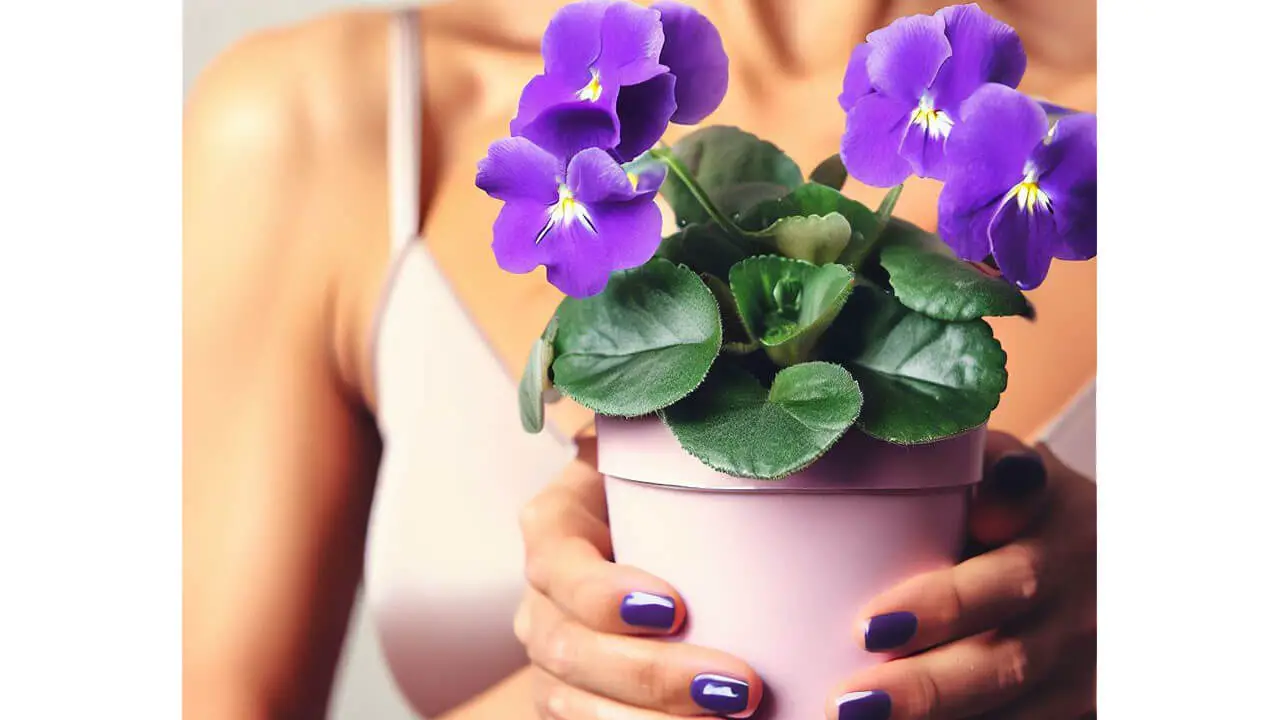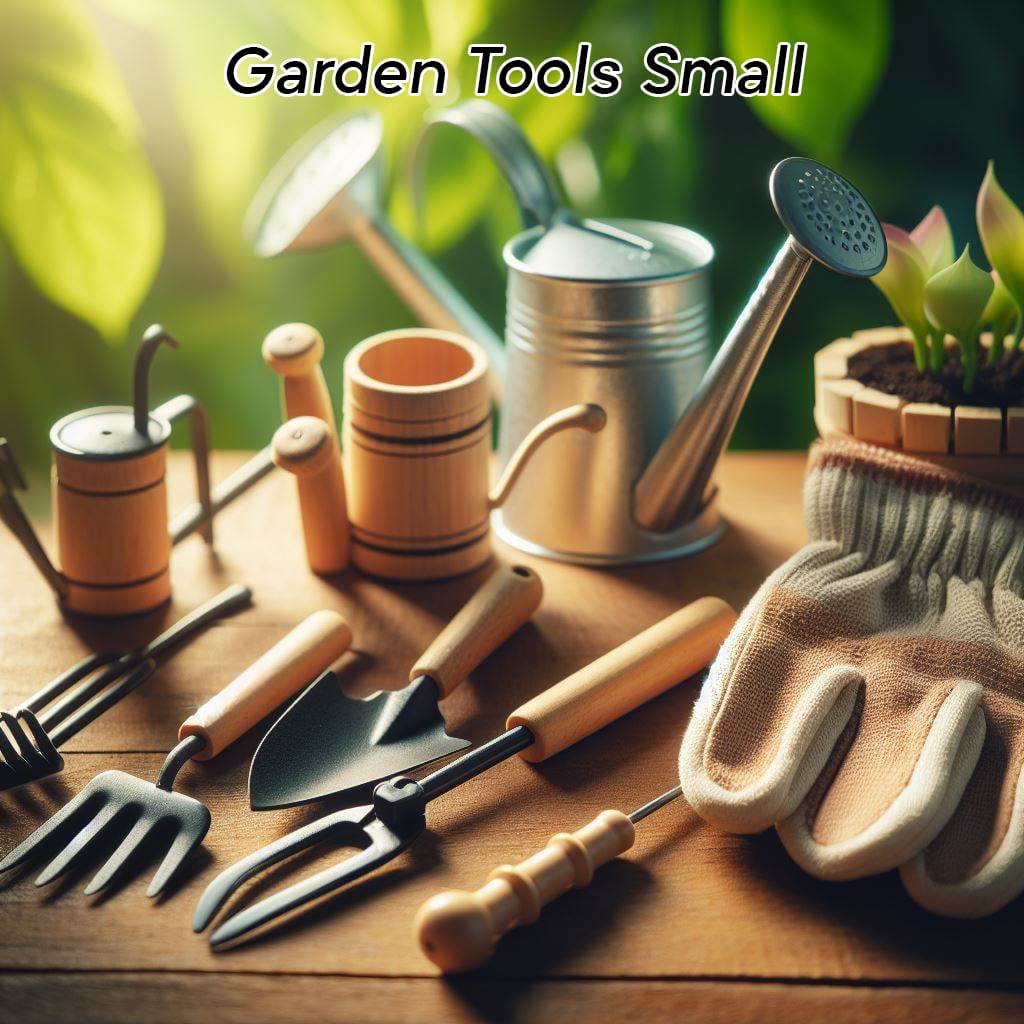When do African violets bloom indoors? Do they bloom all year?
African Violet is a plant native to Tanzania and the tropical regions of East Africa, as well as the surrounding southeastern part of Kenya. This plant was first identified by an individual named Saint Paul. The attractiveness of the African Violet is not only due to its colorful and beautiful flowers but also its velvety and wrinkled dark green leaves and their shape. In some varieties of African Violets, the edges of the leaves are white or lighter in color.
This plant is sensitive and requires more care and attention until it finds its suitable position and continues its peaceful life. The variations of African Violets differ in color and the number of flowers they produce. African Violets can be found in white, pink, maroon, purple, and lavender colors. Due to their indifference to daylight length, these plants bloom under favorable conditions throughout the year. When African violets bloom indoors depends on some conditions which we will mention later in this article.
Propagation of African Violets can be done through leaf cuttings, seed sowing, and division of plant clusters.
| Species | Blooming Time | Conditions for Better Blooming |
|---|---|---|
| Saintpaulia ionantha | Year-round bloomer | Adequate bright indirect light, temperature range of 70-80°F (21-27°C), consistent humidity, well-draining soil, regular feeding with balanced fertilizer, appropriate pot size, and avoiding extreme temperature changes. |
| Saintpaulia chimensis | Spring and fall bloomer | Bright indirect light, temperature range of 65-75°F (18-24°C), moderate humidity, consistent moisture without overwatering, balanced fertilizer, and good air circulation to prevent fungal issues. |
| Saintpaulia confusa | Spring and fall bloomer | Bright indirect light, temperature range of 65-75°F (18-24°C), moderate humidity, consistent moisture without overwatering, balanced fertilizer, and maintaining good airflow around the plant. |
| Saintpaulia rupicola | Spring and summer bloomer | Bright indirect light, temperature range of 65-75°F (18-24°C), moderate humidity, consistent moisture without overwatering, balanced fertilizer, and avoiding drafts or temperature extremes. |
| Saintpaulia velutina | Spring and summer bloomer | Bright indirect light or filtered sunlight, temperature range of 70-80°F (21-27°C), moderate humidity, even moisture levels, balanced fertilizer, and providing some shade during the hottest part of the day. |
| Saintpaulia pusilla | Spring and summer bloomer | Bright indirect light or filtered sunlight, temperature range of 65-75°F (18-24°C), moderate humidity, even moisture levels, balanced fertilizer, and avoiding overwatering to prevent root rot. |
| Saintpaulia parviflora | Spring and summer bloomer | Bright indirect light, temperature range of 70-80°F (21-27°C), moderate humidity, consistent moisture without overwatering, balanced fertilizer, and ensuring good drainage to prevent waterlogged roots. |
| Saintpaulia teitensis | Spring and summer bloomer | Bright indirect light, temperature range of 65-75°F (18-24°C), moderate humidity, consistent moisture without overwatering, balanced fertilizer, and maintaining good airflow around the plant. |
| Saintpaulia brevipilosa | Spring and summer bloomer | Bright indirect light or filtered sunlight, temperature range of 65-75°F (18-24°C), moderate humidity, consistent moisture without overwatering, balanced fertilizer. |
Considering some reasons in blooming
-
Leaf Cuttings
Leaf-cutting is typically done in the summer season. In this method, carefully separate a suitable leaf from the stem using a sharp knife, ensuring that it has a stem attached to it. Place the leaf in water for rooting, making sure that only the stem part is submerged. Alternatively, you can root the leaf-cutting in light, well-draining soil. Placing a plastic bag over the cuttings can increase humidity and speed up the rooting process.
-

-
Seed Sowing in blooming
For seed sowing, obtain fresh and viable seeds and sow them in a well-prepared soil medium. Adequate light and a temperature range of 20-25 degrees Celsius (68-77 degrees Fahrenheit) are necessary for seed germination. Spraying water can be used for irrigation.
-
Division of Plant Clusters
The division method requires more patience as it involves separating offshoots or baby plants that emerge around the parent plant as it ages. Carefully separate these offshoots and plant them in separate pots.
-
Fertilizing African Violets
African Violets should be fertilized with a diluted fertilizer containing high levels of phosphorus during each watering session. It is also recommended to periodically flush the potting soil every two to three months to prevent salt buildup at the bottom of the pot. This can be done by allowing water to flow through the pot until it drains out of the bottom. Accumulated salts can cause root damage if not addressed.
-
Temperature and Air Quality
Temperature, humidity, and air quality are important factors for the growth of African Violets. Maintaining an ambient temperature of around 70 degrees Fahrenheit (21 degrees Celsius) is ideal, avoiding extremes below 60 degrees Fahrenheit (15 degrees Celsius) or above 80 degrees Fahrenheit (27 degrees Celsius). Additionally, avoiding temperature fluctuations is beneficial. Ideally, the temperature difference between day and night should not exceed 10 degrees. Excessively hot or cold air can cause the plant to decline, with leaves drying out and flowers dropping. Gradually reducing the temperature and providing adequate ventilation can help mitigate these issues.

Maintaining indoor humidity can be challenging but aiming for a range of 50-60% is recommended. Ideally, humidity levels of 70-80% are optimal for African Violets. Placing a group of African Violets together can increase humidity around them by approximately 15%. However, be careful not to overcrowd the plants to prevent leaf contact and the potential growth of harmful fungi.
In winter, using humidifiers can be beneficial. However, it is important to ensure that the humidifier does not over-dry the indoor environment. In summer, using evaporative coolers can help maintain a suitable temperature.
Another factor to consider is the presence of chemicals and gases in the air, such as those produced by household appliances or kitchen gas. These substances can affect the color and size of the leaves and cause them to fade or drop. It is best to keep African Violets away from exposure to such gases and chemicals to prevent long-term damage to both the plant and personal health. Keeping the plant away from the cooking area is advised.
How to Care for African Violets and Keep Them Vibrant and Beautiful?
Caring for African Violets is a common question, and I’m here to provide you with the answer. African Violets are one of the most beautiful and popular houseplants that you can find in homes these days. People are drawn to their stunning and diverse flowers. However, it’s important to note that these plants are quite sensitive, especially when it comes to watering. In this article, we will explain all the necessary tips to keep your African Violets healthy and thriving, as well as how to propagate them. So, stay with us till the end to get all the information you need for maintaining vibrant and beautiful African Violets.
[blockquote author=”The University of Minnesota” link=”https://extension.umn.edu/house-plants/african-violets” target=”_blank”]African violets (Saintpaulia ionantha) are low maintenance, easy to grow houseplants.[/blockquote]
If we examine its botany, African Violets are captivating to everyone due to their beautiful flowers and dark green velvety leaves. However, it’s important to note that in some varieties, the leaf edges can be white or black. In different African Violet varieties, the flowers can come in shades of blue and purple, white and pink, maroon and red, and even shades of magenta. Additionally, the number of flowers can vary among different varieties.
The reasons for the African Violet not blooming can vary, but one common factor is the amount of light it receives. This plant is indifferent to the length of daylight, and with proper care, you can enjoy its beautiful flowers throughout the year. Additionally, it is important to fertilize the plant with high-potassium fertilizers.
The ideal conditions for maintaining African Violets at home include moderate to bright indirect light, moderate watering, low humidity, and a temperature of around 22 degrees Celsius. By providing these optimal conditions, you can ensure that your plant remains vibrant and healthy, producing beautiful flowers.

African Violets require medium to bright indirect light, so it’s best to place them in a location where they receive filtered sunlight during the day, especially avoiding direct sunlight, particularly in the afternoon. If you don’t have sufficient natural light in your apartment, you can use grow lights or fluorescent lights (white lights) for their maintenance. Insufficient light can lead to issues such as wilting and leaf drop, so if you notice such problems, consider moving the plant to a spot with better lighting conditions.
The best temperature range for African Violets is between 18 to 26 degrees Celsius, with an ideal temperature of 22 degrees Celsius. They can tolerate temperatures as low as 12 to 13 degrees Celsius in winter and up to 32 degrees Celsius in summer. However, they are sensitive to cold temperatures, so if you keep them outdoors on a balcony or patio, make sure to bring them inside during the cold seasons and avoid placing them near windows where cold drafts can occur.
Proper watering is crucial for African Violets, and you should avoid getting water on the leaves as it can cause damage. The recommended method is bottom watering, where you fill the saucer with water and let the pot sit in it for about 30 minutes, allowing the plant to absorb the necessary moisture through the drainage holes (use water without salts and at room temperature if possible). In the next watering, wait until the top 2 to 3 centimeters of the soil have dried out before watering again.
By following these guidelines for light, temperature, and watering, you can ensure that your African Violet remains healthy and produces beautiful flowers.
How much humidity does African Violet require?
African Violets require low humidity to prevent the drying out of their blooms. To provide sufficient humidity, you can place your pots together or place a tray filled with water near the plant to increase the relative humidity. However, avoid misting the plant as it can lead to its death. Creating a humid microenvironment by using a pebble tray or humidity tray is a recommended method.
for more information read How do I get my African Violet to bloom again?
What type of soil should be used for African Violet?
Generally, specialized African Violet potting soil is recommended in garden stores, but you can easily make your soil mix at home at an affordable cost. It’s important to note that African Violets require slightly acidic soil for blooming. A good soil mixture can consist of 60% peat moss mixed with 40% perlite or coco coir mixed with perlite. Make sure to sterilize purchased soil before use.
How much and how should African Violets be fertilized?
For better growth and blooming, you can use fertilizers that are higher in phosphorus and nitrogen content (if blooming is low, be sure to feed the plant with a 12-12-36 fertilizer). Apply the fertilizer once every two weeks as a part of your watering routine. If your plant is weak in blooming, increase the phosphorus content. You can also use specialized fertilizers for blooming indoor plants available in stores. After several months of fertilizing, make sure to flush out any excess salts and residual fertilizers by thoroughly watering and flushing the soil in the pot. This will prevent any potential damage to your plant. You can visit a flower shop for purchasing fertilizers.
When your African Violet plant starts blooming, reduce the frequency of fertilization but do not stop it altogether.
The best time to repot African Violets
The roots of this beautiful plant are very delicate and sensitive. When repotting, take great care to avoid damaging the roots. Check the drainage holes of the pot every year, and if the roots have grown through them, it’s time to repot the plant into a slightly larger pot. Avoid choosing a pot that is too large as it will divert the plant’s energy toward root growth, resulting in smaller roots. It’s recommended to use plastic pots for African Violets to prevent temperature fluctuations, especially when placing the pot near a window where sunlight directly hits it. Avoid using metal pots for this plant.
Blooming of African Violets
Several factors contribute to the blooming of this plant, including sufficient light, a suitable pot size, and timely nutrition. Try to provide all these conditions to have a beautiful and blooming plant. You can read about the reasons for the lack of blooming in African Violets in a separate section.
Propagation of African Violets
You can propagate African Violets through various methods such as division, leaf cuttings, and sowing seeds. However, the best method is taking leaf cuttings and planting them. To do this, carefully separate a suitable leaf from the plant using a sharp knife. Water the soil beforehand and then place the leaf cuttings in the soil to develop roots. Placing a plastic cover over the cuttings will increase humidity and speed up root formation. The video below demonstrates how to perform this process.
for being more familiar with African Violets read How long Does African Violet live?
If you have patience and time, you can use the method of division to propagate African Violets. For this method, allow the plant to grow until offshoots are visible beside the main plant. Then, carefully separate these offshoots and plant them in separate pots.
For sowing seeds, you need to obtain fresh and viable seeds and sow them in a suitable growing medium. The ideal temperature for seed germination is around 20-25 degrees Celsius, and proper lighting is also necessary for seed growth. Don’t forget to mist the soil surface with water.
African Violets come in a wide variety of species and hybrids, ranging from miniature violets to trailing violets. They exhibit a range of colors from white to various shades of purple, and their size is the primary distinguishing factor for categorization. However, it is relatively rare to find larger-sized African Violets in the Iranian market.
Types of African Violets include
1. Miniature African Violets: Less than 20 centimeters in width.
2. Standard African Violets: 20 to 40 centimeters in width.
3. Large African Violets: More than 40 centimeters in width.
be careful of African Violets some of them are poisonous. read this article: Are African violets poisonous to cats?
FAQ
How do I get my African violets to flower?
The plant prefers bright, indirect sunlight, as too little can cause strewiness and burn leaves, while too much can cause damage. An east-facing window with a sheer curtain is ideal, and they require eight hours of darkness per night.
What months do African violets bloom?
Most modern African violets (Saintpaulia spp.) bloom throughout the year without much effort on the grower’s part.
Where should African violets be placed in the house?
Place African violets in a bright, indirect light-rich location near an east or north window, avoid direct sun, and if a window is unavailable, place them under a fluorescent light fixture with two 40-watt tubes.
How long do African violets live indoors?
When to Repot Your African Violets. Repotting these blooms is key due to their long lifespan—they can last up to 50 years, says Ryan McEnaney, public relations and communications specialist for Bailey Nurseries. “As the plants grow, they can be repotted into larger pots so that they don’t get too root-bound,” he says.
conclusion
In this article Apartment Flowers discussed when African Violet blooms indoors, we also discussed some details on how How to care for African violets indoors? We say which reason can prevent blooming.











